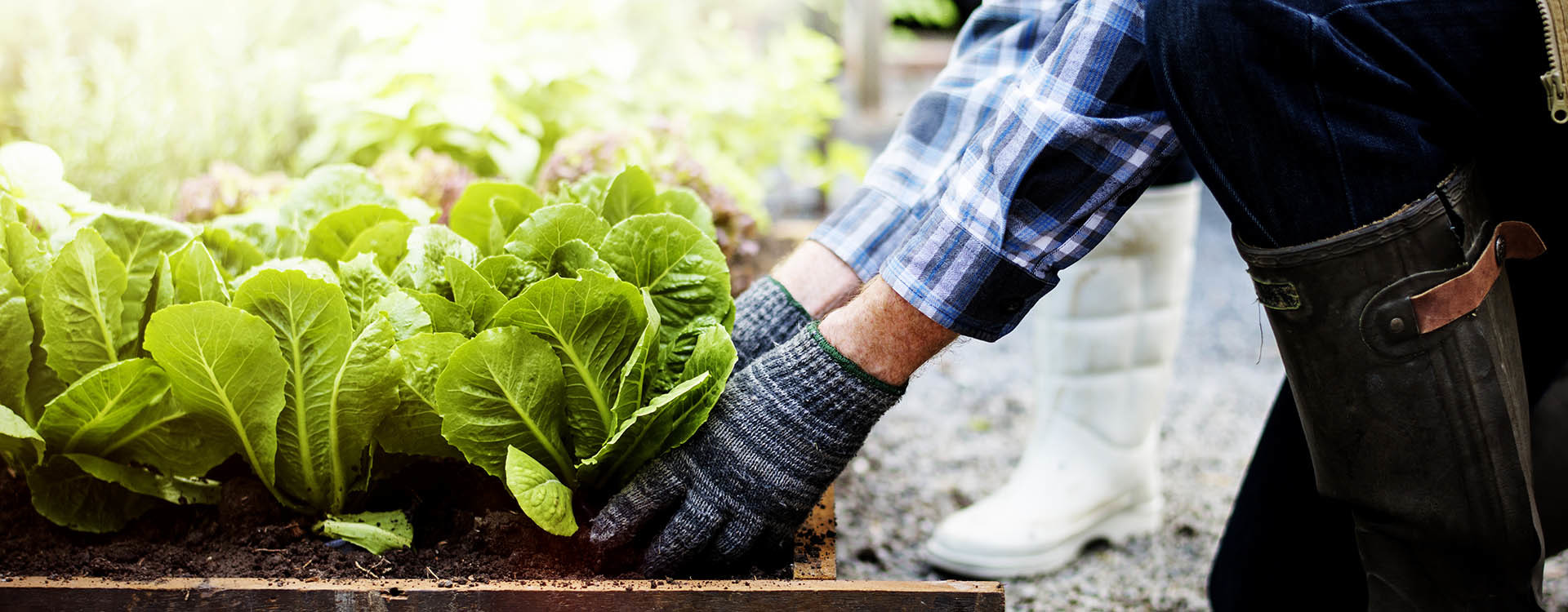Some Known Details About City Blooming
Some Known Details About City Blooming
Blog Article
A Biased View of City Blooming
Table of ContentsGetting The City Blooming To WorkGetting My City Blooming To WorkExamine This Report on City BloomingIndicators on City Blooming You Need To KnowA Biased View of City Blooming
Interested in growing food for sale in the City of Chicago? Below is a list of regularly asked inquiries pertaining to the regulations and guidelines that growers must take into consideration when planning a city farming task.
The zoning modification does not modify any kind of other codes taking care of composting, structure licenses, buying or renting City possessed property, business licenses or environmental contamination. There are existing codes that manage these concerns and they remain in complete effect and may apply to your job. Community yards are usually had or handled by public entities, public organizations or community-based companies and maintained by volunteers.
Urban farms expand food that is intended to be marketed, either on a nonprofit or for-profit basis. Due to their business purpose, city ranches need a business license. Yes. An area yard is allowed to sell surplus generate that was expanded on site if the sales are accessory or subservient to the yard's primary purpose explained above.
The Basic Principles Of City Blooming
The quantity of compost material can not exceed 25 cubic backyards at any kind of provided time according to the requirements in 7-28-715 of the City's Municipal Code. Due to the fact that the dirt at a lot of new garden websites needs changing, compost, dirt, wood chips, or various other products can be gotten to construct or boost the growing space.

If a building license is needed then the hoophouse will certainly be thought about an accessory building. You can discover out more regarding the structure permit requirements by contacting the Division of Buildings. The 25,000-square-foot size limit is meant to stop a solitary neighborhood yard from controling a given block or diminishing the block's existing household or industrial personality.
The limit does not relate to yards situated in Public Open Area (POS) districts. Can there be greater than one neighborhood yard that is 25,000 square feet on a single block? Yes. The dimension limit relates to specific yards, not to private blocks. No. Fence is not needed, nevertheless, gardens that have huge parking lot might be needed to mount fence or various other landscaping functions.
Some Of City Blooming
B1 & B2 areas need that all business usage activities be carried out inside. Is fence required for urban ranches? Fencings may be needed, along with landscaping and screening, for certain car parking locations and exterior work or storage space locations depending on location and the specific activity taking place.
Urban farms call for structure permits and zoning approvals prior to building and construction (sustainable gardening). Other forms of city evaluation may be called for depending on certain frameworks, tasks, size, landscaping, licensing, public health and stormwater administration issues.
The Department of Business Matters and Consumer Defense can help establish the particular type of business permit that's required. Off road auto parking is needed for a lot of commercial projects in Chicago. The called for number of auto parking spaces is based on the number of employees working on website and not the square footage of the expanding area.
Some Known Details About City Blooming

Yes. A city ranch can offer compost material generated on site, however, the operation must abide by the guidelines in 7-28-715 of the Chicago Municipal Code. Yes. Aquaponic systems are enabled indoors on metropolitan ranches in numerous zoning areas. However, a zoning review and building license is required in order to set up structures or systems and a business license is required as described over.
Approximately 5 hives or nests of honey bees may be kept as an accessory use. Beekeepers must sign up with the Illinois Division of Agriculture. To learn more about the proposed zoning amendment you might call the Department of Housing and Economic Development, Bureau of Planning and Zoning at 312.744.8563.
Farming in cities and metropolitan locations A city ranch in Chicago. Urban agriculture refers to different practices of growing. https://slides.com/cityblooming, handling, and dispersing food in urban locations. The term also relates to the location tasks of pet husbandry, tank farming, beekeeping, and gardening in an urban context. Urban agriculture is identified from peri-urban agriculture, which happens in backwoods beside residential areas.
See This Report about City Blooming
It can entail an activity of organic growers, "foodies" and "locavores", that look for to form social media networks started on a common values of nature and community holism. These networks can develop by way of formal institutional support, ending up being incorporated into local town as a "change community" motion for lasting urban development.
The a lot more straight access to fresh vegetable, fruit, and meat products that may be know through urban farming can boost food protection and food security while reducing food miles, Visit Website resulting in lower greenhouse gas discharges, consequently adding to climate change mitigation. Several of the first proof of city farming originates from Mesopotamia.
Report this page